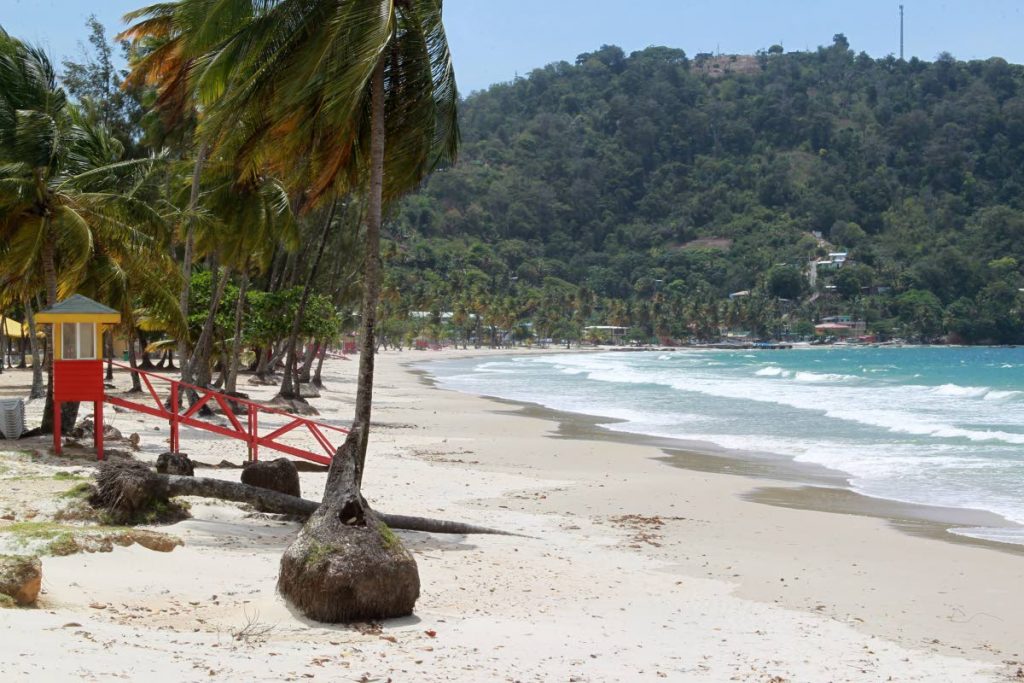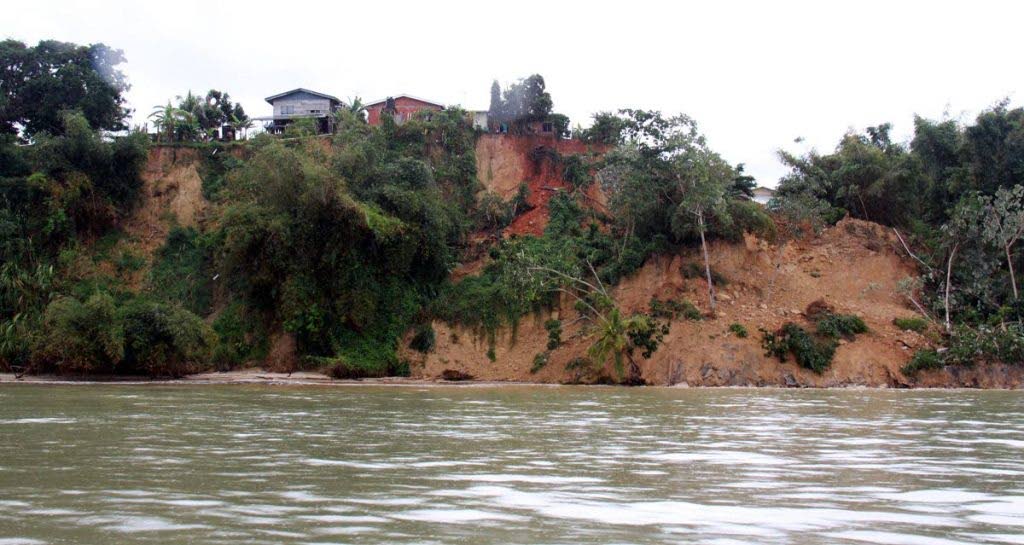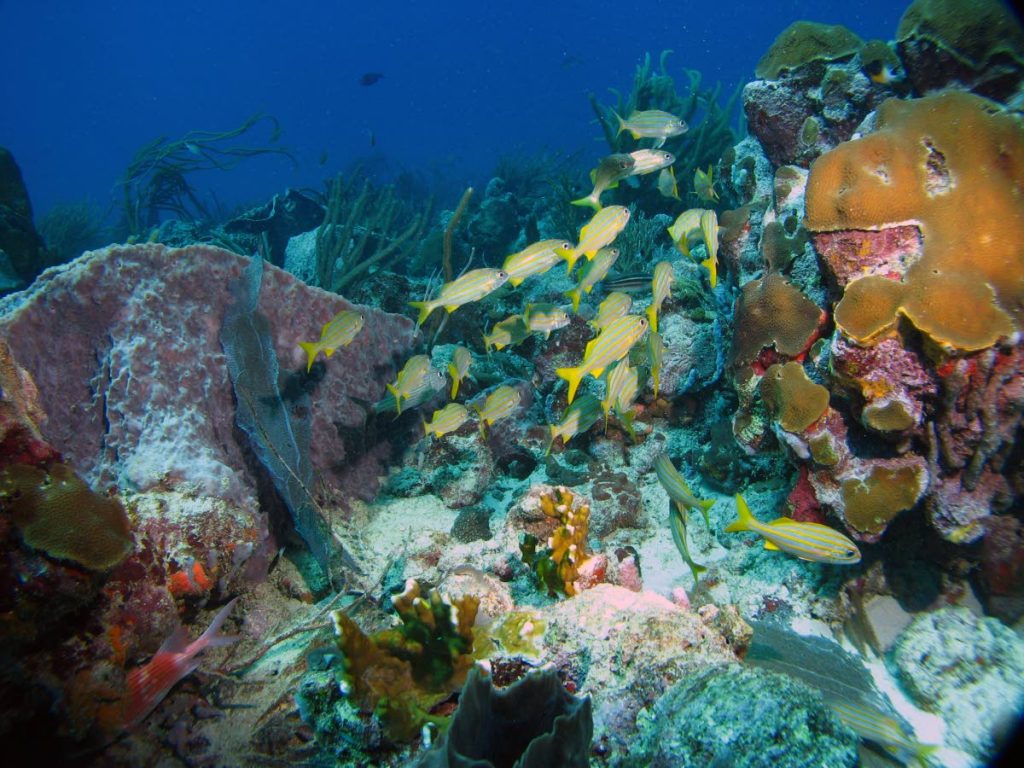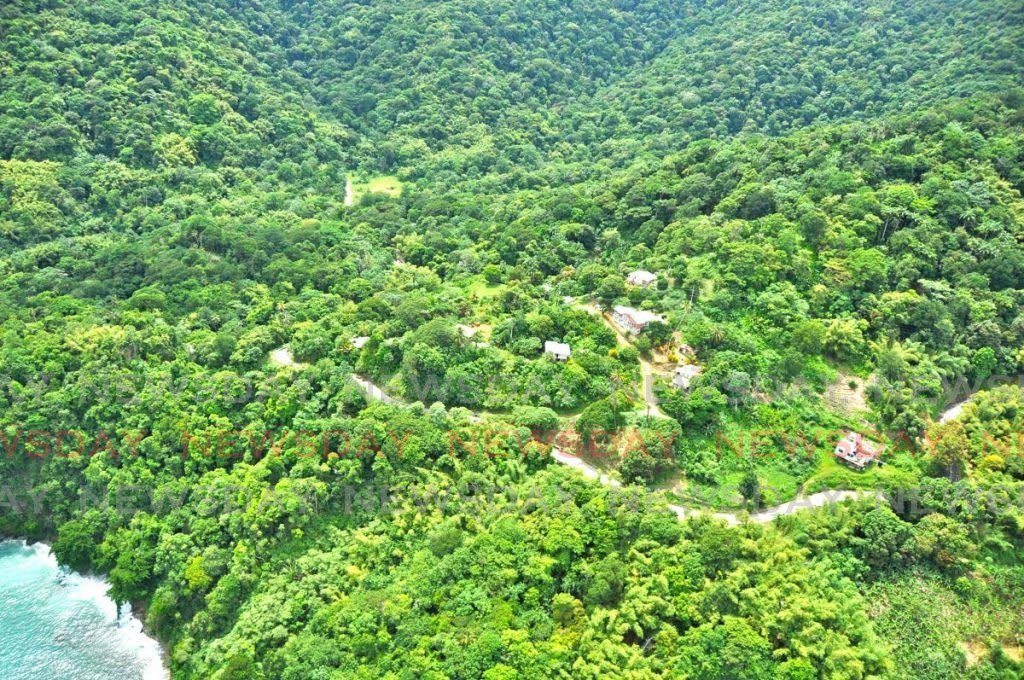Living with nature

Dr Anjani Ganase, Coral reef ecologist, Institute of Marine Affairs
AROUND TT, there are Caribbean and Atlantic coasts. Our islands’ location along the edge of the South American shelf also provides exceptionally rich and diverse flora and fauna. Within the boundaries of our relatively small islands, the landscapes support wetlands, rainforests, savannahs, rivers and over 500 km of coasts. Our Exclusive Economic Zone (EEZ) extends over an area which is 15 times the combined land mass (approximately 5000 km2 of land).
The ocean biome extends from sandy and rocky shores to coral reefs, offshore islands, sandy seafloor, the open ocean and mysterious unknown deep-sea habitats. Yet, none of these ecosystems would exist without the others. Our wetlands rely on our forests and rivers to collect rainfall and deliver a supply of freshwater, they also rely on corals and seagrass to buffer the impact of ocean waves. The same wetlands support ecologically important and culturally iconic species such as the Scarlet Ibis and the West Indian manatee. The health of each of these ecosystems and their connections are fundamental to the healthy and functional island ecosystem that we depend on.

Our natural environments provide us with food, water, jobs and unique cultural value. Consider the agricultural and food sector: TT is known internationally for its unique cuisine created by immigrant ancestors, from sources on land and seas. Nearly all of our tourism industry depends on island ecology, from stunning land- and seascapes to the wildlife they support – nesting leatherback turtles, hundreds of birds, insects and native trees. Even Carnival and other cultural festivals would not be the same without the environment we enjoy. Whether we acknowledge these inherent natural benefits or not, the mismanagement and destruction of these intangible resources will degrade our livelihoods.
Furthermore, what we do as individuals in our backyards will have serious cumulative consequences to natural and human ecosystems nationwide.
For example, unregulated land clearing and construction within a watershed without measures for mitigation and restoration will aggravate flooding in low-lying areas, where poor planning may have already sited residential and agricultural developments. Soil erosion from land clearing inland can impact ecosystems at the coast and in the sea, as waterways carry loose soil to settle and smother nearshore seagrass and coral reef communities.
A single activity carried out without forethought can have far-reaching consequences on our livelihoods and infrastructure, causing damage and degradation in areas earmarked for agriculture or tourism.
Fortunately, TT can move in the right direction with the establishment of a national biodiversity strategy and action plan, where the protection of our biodiversity and ecosystem services align with the national sustainable development goals. One example of aligned activities is combating poverty and hunger and improving health by investing in green industry, agricultural research and technology for higher yields of food, protecting natural habitats including forest and marine areas, managing fish stocks and curbing the threat of climate change that will impact everyone.

Photo: Jonathan Gomez -
In addition to this, policies such as the Integrated Coastal Zone Management Policy Framework indicates a shift away from managing ecosystems in isolation towards a more holistic approach that considers the dynamics of the coastal zone and connections between land and sea habitats as well as the sustainability of resources.
The pillar that supports a health biodiversity is education. As island people, we need to shift our mindset from an individual lifestyle to a collective/community ethos. We must manage the island ecosystem for the benefit and enjoyment of all. The most successful application of this idea is practised by the ancient Hawaiians who have lived sustainably on their islands in the middle of the Pacific for hundreds of years.
The Hawaiian islanders understood the importance of maintaining a continuous ecology from ridge to reef, therefore no fences or walls could be built to disrupt the ridge to reef connections. Instead, lands were divided into tracts that extended from the mountains to the ocean within a watershed. Each tract was managed as a single interconnected ecosystem. In the mountains, loggers cut and replanted trees for construction and hunted for game; farming occurred in the lower plains, and fishing and fish farming along the coasts and surrounding seas.

The ancient fish farms were established within natural rock ponds called loko kuapa that encouraged fish to enter for spawning and juvenile fish to grow. Fishermen would allow a portion of the stocks to be released back into the ocean while keeping a subset for food. All the jobs were done sustainably and to prevent destruction of downstream ecosystems and waterways. Furthermore, all resources were shared within the watershed unit.
The name for the integrated managed layout from ridge to reef within each watershed was called ahupua‘a. This concept still holds true today for all environments, even those that are not on islands: consider the watershed and where you are located in relation to it. In general, all businesses, residents, government institutions need to consider not only how their actions may impact the neighbouring communities (on a hill or on the coast) but the broader environment, built or natural. Consider how your location may be complementary to the wider community and how it contributes to the sustainability of the city.
These concepts are even more important when we consider climate change. No longer a future potential, climate change is already putting small island nations under considerable pressure as intense hurricane and storm events become more frequent. Patterns of severe heat and drought conditions as well as more intense rainfall have already resulted in losses from flooding and erosion. These are human impacts that have also impaired the functionality of our natural resources and the services they provide. The best strategy to conserve our biodiversity is to reduce as far as possible the stressors caused by human intervention. We need to allow our forests, wetlands, coral reefs, seagrass communities every opportunity to adapt and become more resilient to the long-term global shifts in the climate.
In 2020, now more than ever, we must learn to live in harmony with nature and wild environments, for the sake of our own lives.



Comments
"Living with nature"